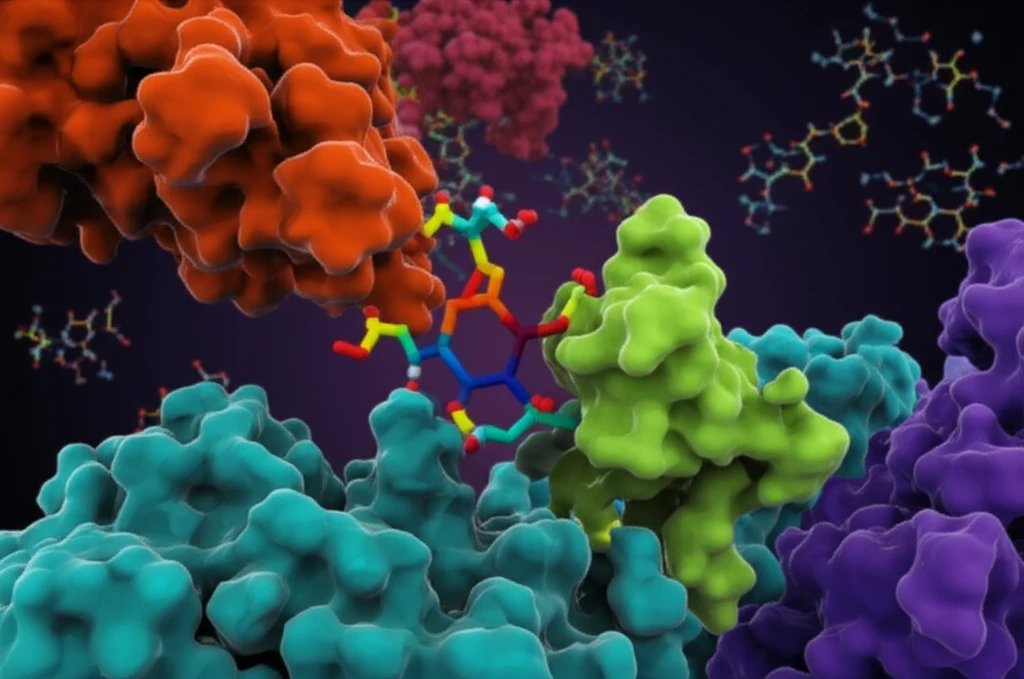
Can These Molecules Help Fight Obesity? Virtual Screening Reveals Promising Leads
"New research uses computer modeling to identify potential pancreatic lipase inhibitors, paving the way for novel anti-obesity treatments."
Obesity rates are climbing worldwide, posing serious health risks. Current treatments have limitations and often come with unwanted side effects. This has driven researchers to explore new strategies for tackling this complex issue. One promising avenue involves inhibiting pancreatic lipase (PL), a key enzyme in the digestive system responsible for breaking down fats.
When PL is inhibited, the body absorbs less fat, potentially leading to weight loss and improved metabolic health. Scientists are now using sophisticated computer-based methods to identify novel PL inhibitors, offering a potential path towards safer and more effective anti-obesity medications.
This article delves into a recent study that employed ligand-based pharmacophore modeling, virtual screening, and molecular docking techniques to discover new molecules that can inhibit pancreatic lipase. We'll explore how these methods work and what the findings could mean for the future of obesity treatment.
Unlocking the Potential of Virtual Screening: How it Works

The study leveraged a multi-step approach, starting with building a pharmacophore model. Think of this as creating a 3D map of the essential features a molecule needs to effectively block PL. Researchers used a set of 133 known PL inhibitors to identify these key features, such as hydrogen bond acceptors and hydrophobic regions.
Five Promising Molecules: A Step Towards New Treatments
The researchers identified five molecules that showed particularly strong interactions with pancreatic lipase. These molecules not only had good glide scores (indicating strong binding affinity) but also formed key interactions with active site amino acids, essential for inhibiting the enzyme's function.
These findings suggest that these five molecules could serve as potential leads for the development of new anti-obesity agents. Further research is needed to evaluate their safety and efficacy in preclinical and clinical studies, but the initial results are encouraging.
By using advanced computational techniques, scientists are accelerating the discovery process and paving the way for more targeted and effective treatments for obesity and related metabolic disorders. This innovative approach offers hope for addressing a major global health challenge.
